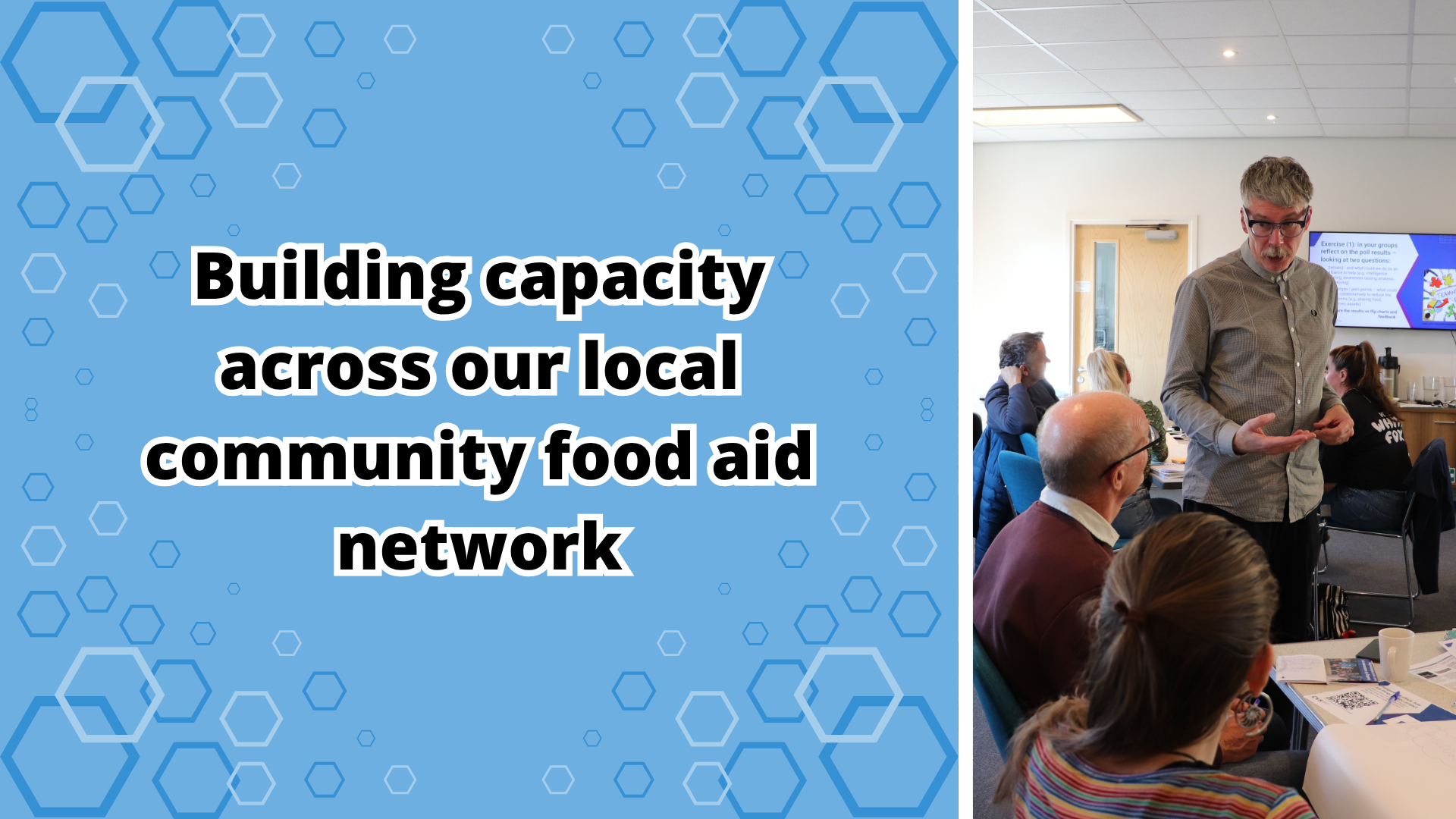
“What’s in front of us the ‘day to day’, is the key focus…’we haven’t got the capacity”
Not a direct quote. But very much the sentiment from the last Food Alliance meeting. I was full of optimism after a summer of big food policy announcements that those attending would be up for a discussion or there would at least be some recognition that they exist e.g. 10 Year Health Plan or the proposed Government food strategy. Instead, I was faced by concerns about the ‘day to day’.
I come at this from a place of empathy, I have been there. I managed a community food project, so I understand ‘capacity’ issues “volume of work, the risk of overstretching, burn out, small teams engaged in doing more…but this is usually less than is needed(i)“. So, the focus on the ‘day to day’ is no great surprise, but it is a concern. And it’s why I spend time at each Food Alliance meeting highlighting the latest policies and reports: these set out the forthcoming priorities. Or in other words - the future opportunities.
If we are not aware or plugged in, how do we know we are following the right direction of travel, and we will not get left behind? We will come back to that to question.
What are groups challenges?
Back in August 2023 I asked community food projects to tell me about their key challenges. The top three were: reductions in donated food, increased demand and rising food costs. Others included availability of food (surplus), funding, logistics - venues, vehicles and storage and the availability of volunteers.
Jump two years and guess what - little has changed: quantity / supply of food, funding, increase food costs and volunteering are top of the pile. This is against a back drop of increased demand from those who are struggling(ii).
What's your biggest challenge or pain point?
So how can we improve things?
We must start by recognising that there is no ‘panacea’. There’s no single answer, owned by one single group. A collective or collaborative approach is the only way forward. It’s one of the principles the Food Alliance (and other food partnerships) are based on. It was the focus of Food Alliance meeting #6 and we picked it up again in the group discussion during meeting #7.
Here are some examples based on the key challenges:
Quantity and the supply of food – if you haven’t already, contact Fareshare and His Church as well as sign-up to both Neighbourly and Caboodle. Something we are doing locally is launching a WhatsApp community. This will allow groups to highlight to other groups across our network if they have too much or too little food (this already works successfully in Macclesfield). Look out for a separate announcement.
Funding – the landscape is challenging with lots of groups applying to the same pot of funding – so essentially competing against each other. There are also lots of different grant funds (we feature a selection on our website). It can be a time-consuming process; some may be more appropriate than others, so our recommendation would be to develop a fundraising strategy outlining what grants and other funding opportunities, e.g. sponsorship, you will consider and those you won’t. We’ve provided some general advice on grant funding. We also provide training and can provide bespoke support (contacts us enquiries@cvsce.org.uk).
Rising food costs – food inflation in August stood at 5.1%(iii). Depending on who you listen to, this is either a result of world events or Government economic policy(iv). Either way, there’s nothing we can do locally to influence this. But what we could do is explore how we could buy food collectively(v). This potentially would allow us to benefit from economies of scale, which simply aren’t there if we all buy individually. Who is up for it? Get in touch (graham.brown@cvsce.org.uk).
Volunteering – analysis of the VCSE Barometer Survey(vi) highlights both volunteer recruitment and retention as significant challenges. Indeed, the former is in the top three concerns in each wave of the survey over the past year. We have a volunteer portal which is free to use. And we are happy to work with you on a specific volunteer strategy. Maybe groups could come together to share best practice.
Lastly - shared storage and logistics. Whilst this wasn’t one of the key challenges it did generate significant discussion at the meeting. This would seem important if we were to capitalise on accessing greater quantities of food, including buying in bulk. I still have the discussion ringing in my ears from the meeting about some of the challenges relating to this being insurmountable. But I just can’t accept that. Challenging times require a different approach.
So, what next? Sign-up for the VCFSE Alliance conference on Tuesday 18th November. At the event we’ll be drawing on our collective experience and knowledge to set out how the sector can better position itself singularly and collectively, to best meet the challenges / opportunities ahead.
References
ii) Data is based on 12 responses collected using the Mintimeter polling tool before or during the Cheshire Food Alliance (23 September 2025).
iii) UK inflation remains at 3.8% but food prices continue to surge - BBC News
iv) ‘Vicious cycle’: the UK’s struggle with soaring food prices

